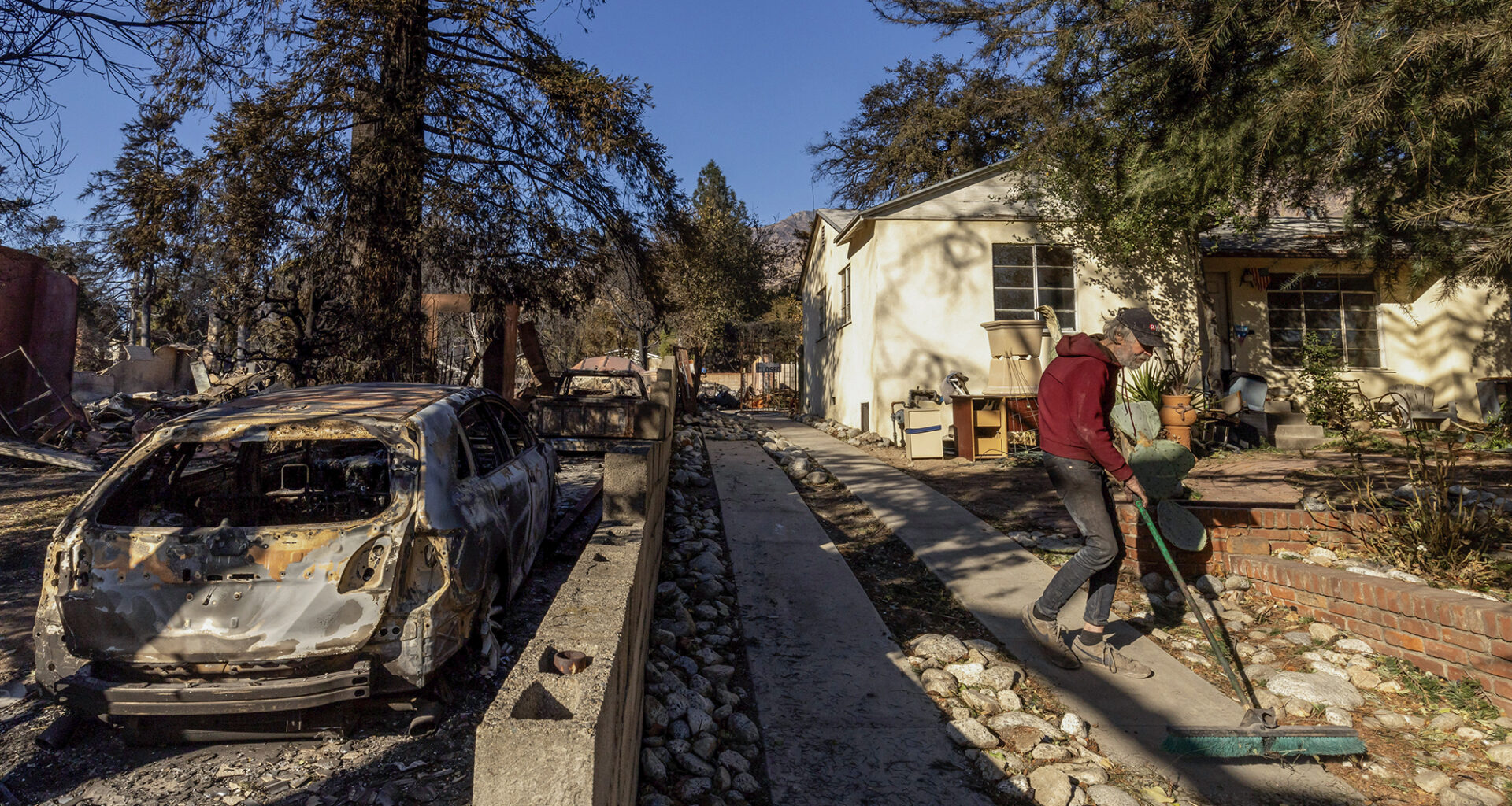By Nicole Kolinsky, Special for CalMatters
This commentary was originally published by CalMatters. Sign up for their newsletters.
Guest Commentary written by
A few days after the September 11 attacks, the Environmental Protection Agency assured New Yorkers the air near Ground Zero was safe to breathe. Tragically, that wasn’t true.
In the 24 years since, studies have linked toxic exposure in Manhattan to soaring cancer rates among first responders, residents, office workers and students. Thousands have died and thousands more are sick. The federal victim compensation fund has paid nearly $15 billion to more than 65,000 people.
Today Californians face a similar public health crisis — only this time, it’s unfolding across wildfire-scarred communities. And insurers are making matters worse.
The recent Eaton and Palisades fires destroyed, damaged or rendered inaccessible about 15,000 homes. Some 75,000 remain standing in the two fire perimeters, and many appear safe and intact.
But environmental hygienists say these homes in the fire zone that escaped total loss are nevertheless embedded with toxic residue, including cyanide and asbestos, as well as heavy metals such as manganese, lithium, beryllium, lead, arsenic, cobalt and volatile organic compounds.
Like the toxic soup at Ground Zero, these compounds are exceedingly dangerous, especially in combination. They can lodge deep in the lungs, enter the bloodstream and cause cancers, strokes and long-term neurological disease.
In many homes, these toxins have penetrated walls, furniture, heating and air conditioner systems in ways that cannot be fully eradicated. Those houses will need to be stripped to the studs or demolished.
Yet insurers are telling families it is safe to reinhabit the homes — according to testing thresholds set by their own contracted vendors. Their version of “safe,” like the EPA’s after 9/11, doesn’t match the science, nor does it safeguard people on the ground.
The newly formed Coalition for Insurance Accountability seeks to hold these insurers to account, shine a light on these invisible dangers and push regulators to adopt higher, science-backed safety standards.
Why is there such a disconnect between the dangerous environmental realities and what insurance companies are willing to test and cover? The answer is profit.
After California’s record-breaking wildfires in 2017 and 2018, many insurers quietly rewrote policies to exclude or severely limit coverage for fire-prone areas. After the most recent fires, insurers often refused to cover testing for asbestos, lead and heavy metals, unless there was visible physical damage.
Even the FAIR Plan, California’s insurer of last resort, tried protecting its assets by rejecting lab-based testing. A recent court ruling found FAIR Plan has unlawfully denied claims for damages that were not visible or detectable by smell.
This narrow definition of damage is a common industry tactic. Insurers avoid paying for the comprehensive testing and remediation that science says is necessary. They are redefining risk, rather than acknowledging the true scope of the contamination and long-term health consequences.
As Californians face this invisible crisis, the state must work to close the gap between what insurers claim is safe and what science proves is safe for the families who want to return home. This isn’t a call for panic; it’s a call for accountability and decisive action.
This article was originally published on CalMatters and was republished under the Creative Commons Attribution-NonCommercial-NoDerivatives license.
